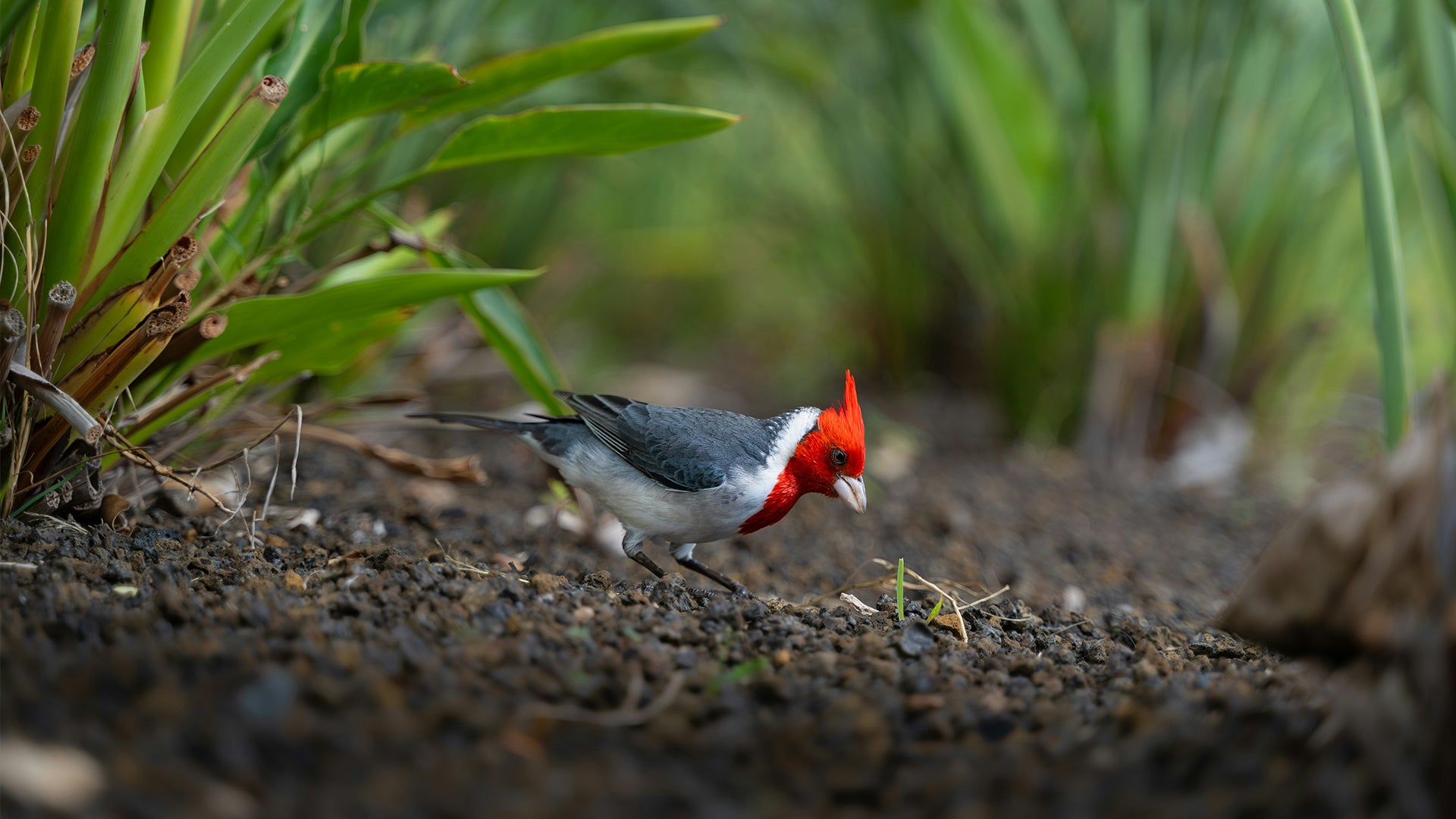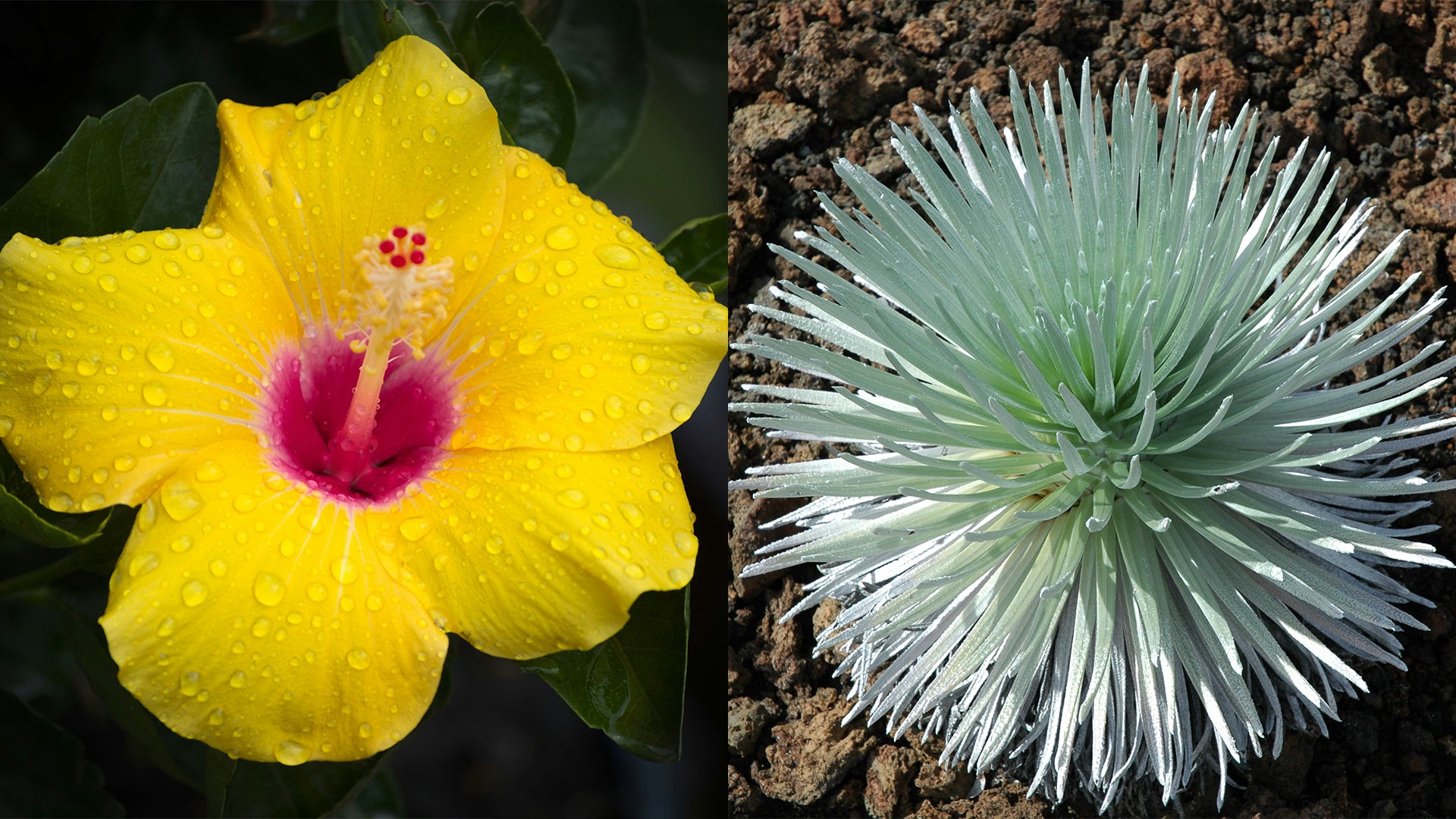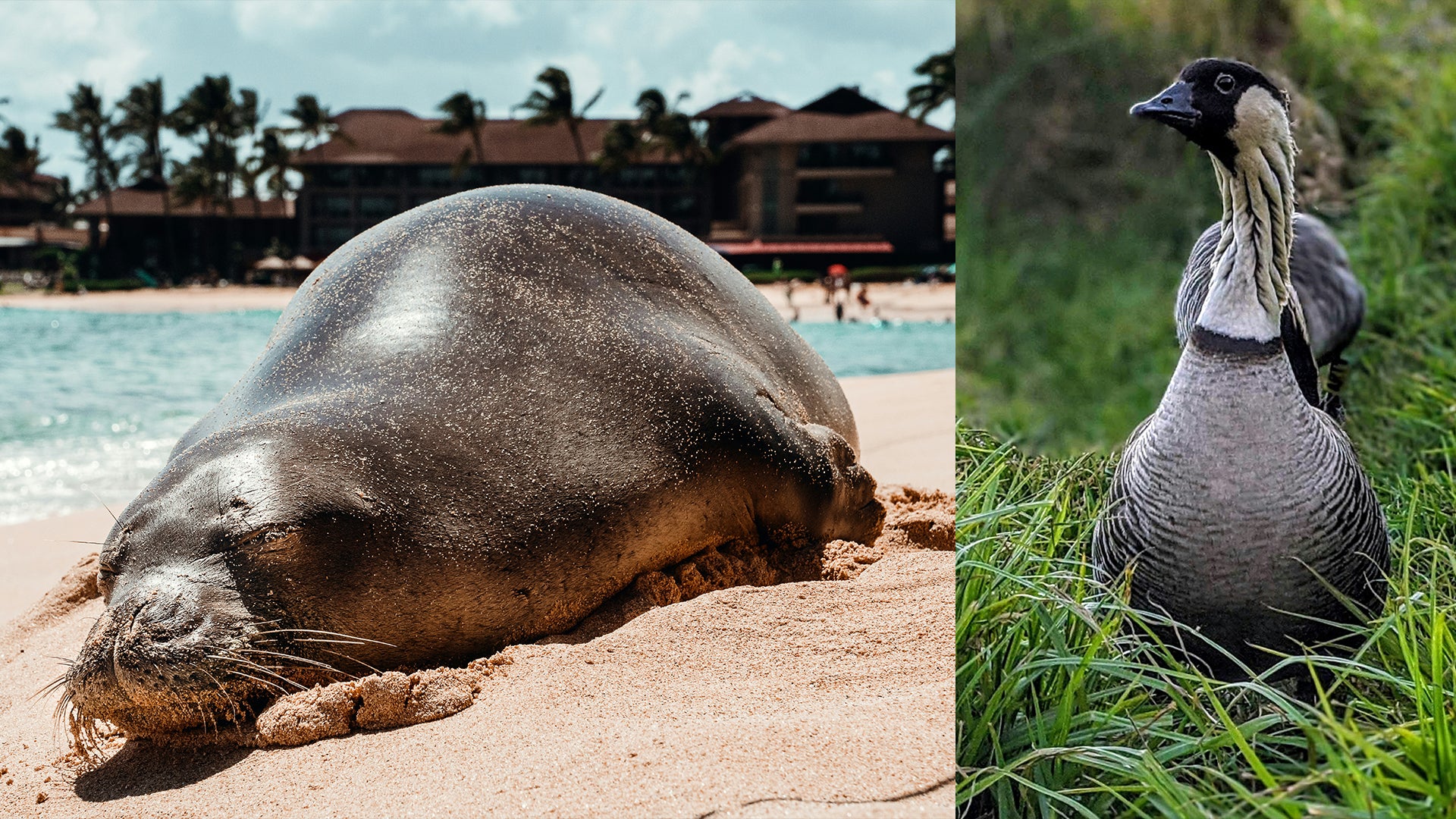Hawaiʻi's Unique Ecosystem: Discovering the Flora and Fauna of the Islands
Hawaiʻi, with its isolated location in the middle of the Pacific Ocean, boasts one of the most unique and diverse ecosystems in the world. From vibrant coral reefs to lush rainforests and towering volcanoes, the Hawaiian Islands are teeming with an incredible array of flora and fauna found nowhere else on Earth.

Flora
Hawaiʻi's flora is a testament to its geological history and isolation. Many of the plant species found in Hawaiʻi are endemic, meaning they are native to the islands and found nowhere else. One of the most iconic example is the silversword plant, which thrives in the volcanic soils of Haleakalā and Mauna Kea. Other notable endemic plants include the ʻŌhiʻa Lehua tree, the vibrant yellow hibiscus known as the state flower, and the Kukui nut tree, whose nuts were traditionally used by native Hawaiians for oil and candles.
Although papaya, pineapple, plumeria, and bird of paradises often assosiated with the Hawaiian Islands, these tropical plants and fruits contribute to the Hawaiʻi's reputations as a tropical paradise.

Fauna
Hawaiʻi's fauna is equally remarkable, with a mix of native and introduced species inhabiting the islands. One of the most iconic residents is the Hawaiian monk seal, one of the rarest marine mammals in the world. These charismatic seals can often be spotted lounging on secluded beaches or basking in the sun on rocky outcrops.
Birdwatchers flock to Hawaiʻi to catch a glimpse of the islands' unique avian inhabitants, including the endangered Hawaiian honeycreeper species such as the ʻIwi and the ʻApapane. The islands are also home to the nēnē, or Hawaiian goose, the state bird known for its distinctive honking call.

Conservation Efforts
Recognizing the importance of preserving Hawaiʻi's unique biodiversity, conservation efforts are underway across the islands. Organizations like the Hawaiʻi Department of Land Natural Resources, Malama Manalua, and non-profits such as the Nature Conservancy work tirelessly to protect native habitats, control invasive species, and restore damaged ecosystems.
Visitors to Hawaiʻi can support conservation efforts by practicing responsible tourism, staying on designated trails, and avoiding the introduction of non-native species. By working together to protect Hawaiʻi's precious flora and fauna, we can ensure that future generations will continue to marvel at the islands' natural beauty for years to come.

1 Kommentar
Thank you for this article.
Kalee Sparr
Hinterlasse einen Kommentar
Diese Website ist durch hCaptcha geschützt und es gelten die allgemeinen Geschäftsbedingungen und Datenschutzbestimmungen von hCaptcha.